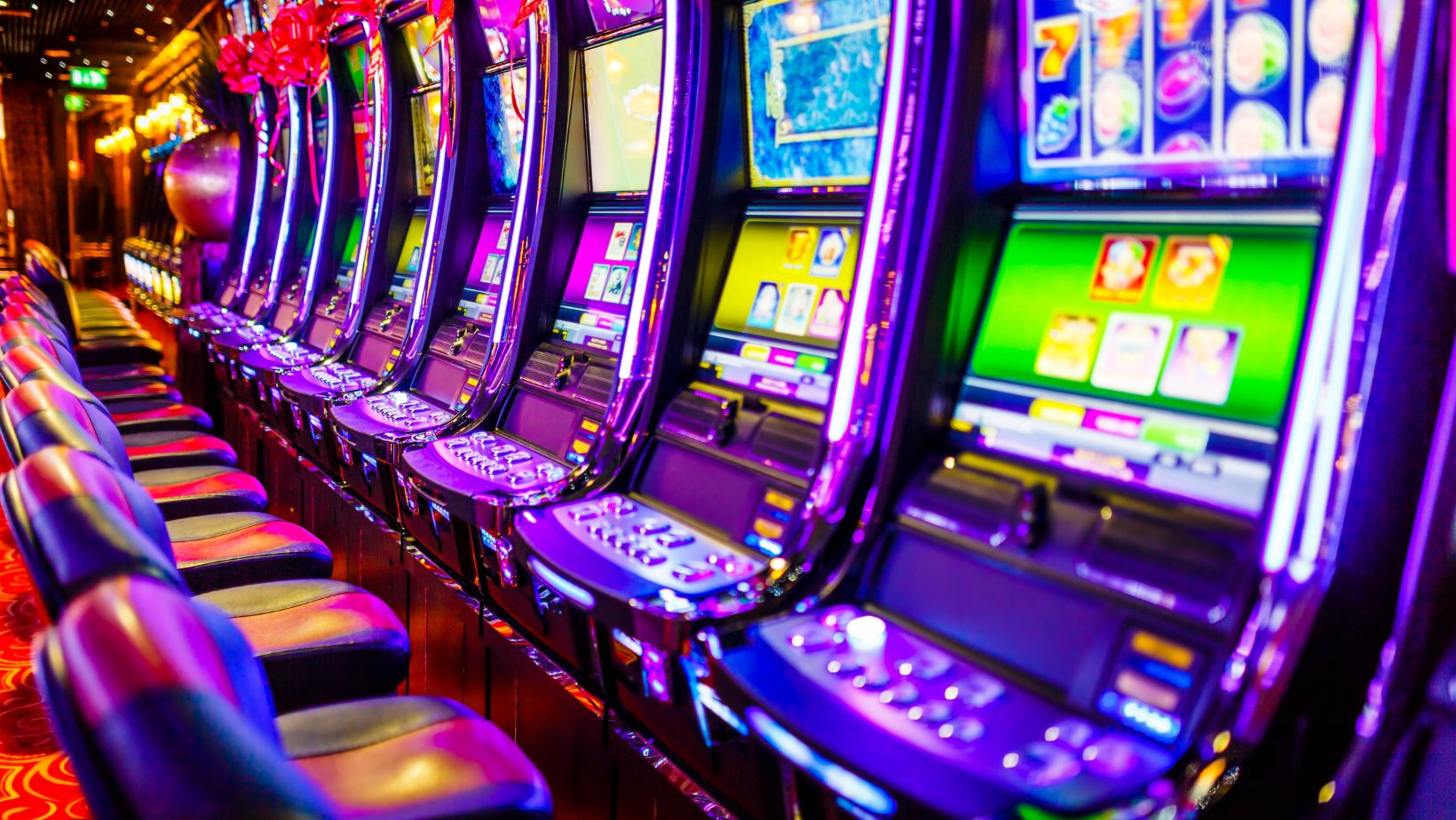When it comes down to playing slots, volatility is something that players should be taking into account.
It can be all too common for many to pick a title based on its design, mechanics, or even the return to player (RTP) rate. While following these things can be a very good approach, volatility can often go overlooked.
Sometimes, it can be because not many understand what it actually means. Slots can still confuse players because of the terminology and technical components that they come equipped with. RTP is a classic as some read it as a “guarantee” in regard to what they will earn for every 100 that is played and not as a “theoretical” return based on millions and millions of statistical spins and algorithms.
What Is Volatility In Slots?
So, what does volatility mean when it comes to finding a slot game to play? Why is it so important that we have sites like Maple Casino that provide an analysis and compare the best high and low volatility slots that are playable?
Indeed, once understood, it becomes very simple to understand why this component of any title should be considered so much more than it perhaps is.
In its simplest description, the term “volatility” refers to the level of risk that can be associated with the game. However, it is important to note at this point that it is separate from the RTP rate. It can come in a handful of ways, but its most common are the following three:
- Low
- Medium
- High
A ‘low volatility’ level is a game that provides little risk to the player in terms of their earnings. These games will provide players with rewards that are more frequent than those of other levels. However, they will be smaller and will often be lower than the bet size. Nonetheless, they remain perfect for those who enjoy the buzz of being able to win from each game they play. It’s also important to recognize that larger wins can still happen, but are less likely.
‘Medium volatility’ sits between low and high levels. This option provides players with an equal chance of achieving small and large wins, thus adding a level of unpredictability to the gameplay. This is something that many players enjoy the most, as it keeps them engaged and spinning as they don’t know what is around the corner in terms of potential win size.
At the other end of the spectrum, ‘high volatility’ titles are those that can provide the biggest wins. However, they will be much harder to land. Spins have a greater chance of returning nothing on more occasions and for regular periods, which can prove costly to players as it can reduce bankroll significantly and quickly compared to low volatility games. Notwithstanding, the win potential can be what attracts most players to these games, as lucrative prizes can be on offer.
When trying to pick one to enjoy, it can largely be down to player preference and what the individual wants to achieve from their gaming session.
Technical implementation of Volatility in Slots
Unsurprisingly, there are many technical aspects to volatility levels that need to be considered by slot game designers when incorporating it into their titles.
They need to determine the payout structure of the symbols already being used in the game before they can look to implement the mathematical model behind it. For instance, a low volatility game will need to know which symbols offer the smallest prizes and then link an algorithm with those to ensure they can be won frequently.
At the same time, the volatility rate that is set needs to take into account the RTP rate that the game has. Once this has been optimized, the volatility level can be set to match the game and ensure it remains attractive enough to players. As noted earlier, this can be an identifiable feature for many, as they will want the best chance of winning as much of their money back as possible (theoretically).
The game design can also have an impact on the rate of volatility set. Depending on the number and layout of the reels, the bonus features and mechanics used, as well as the number of symbols on the paytable, each of these components can have an impact on the mathematical model that is used to create the volatility level that is implemented within the game.
Lastly, while game designers have to think about many aspects within the game, they also need to ensure they are complying with regulations. Although they don’t need to guarantee wins, slots must be fair and give players a reasonable chance of winning. Independent auditors and agencies will test games for this, therefore the volatility needs to match what has been designed and is being offered.





























































